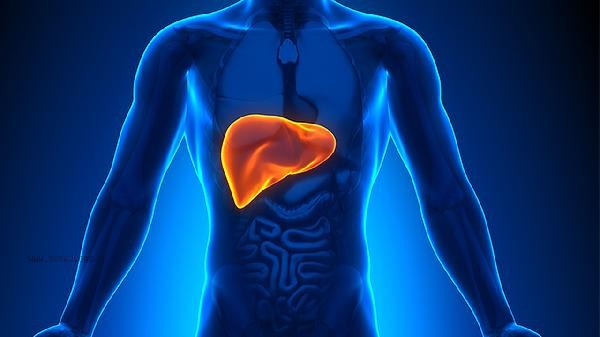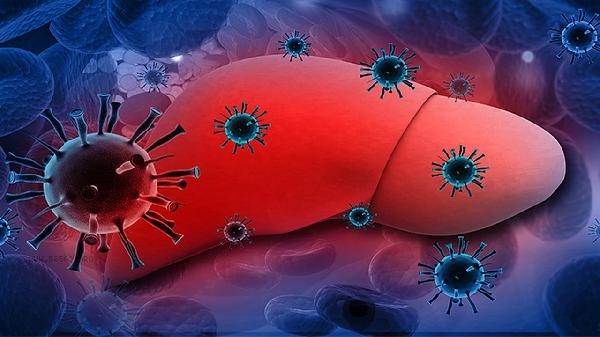Plasma exchange and artificial liver are not the same thing, and there are significant differences between the two in terms of treatment principles, indications, and operating methods. Plasma exchange is the treatment of diseases by separating and replacing pathogenic substances in the patient's plasma, while artificial liver is an in vitro support system that temporarily replaces liver function. The core of plasma exchange is to remove harmful components from plasma, which is suitable for autoimmune diseases, poisoning and other conditions. During the operation, the patient's blood is extracted from the body, and plasma and blood cells are separated by centrifugation or membrane separation techniques. Abnormal plasma is discarded and an equal amount of fresh frozen plasma or albumin solution is supplemented. This technology has a significant effect on clearing large molecular substances such as antibodies and immune complexes, but its substitution effect on liver synthesis function is limited. The artificial liver system is mainly divided into two types: non biological and biological. The former detoxifies through physical and chemical methods, while the latter utilizes bioreactors to achieve metabolic functions. Non biological artificial liver commonly uses techniques such as plasma perfusion and hemodialysis to remove toxins, while biological artificial liver cultures liver cells for bilirubin metabolism and protein synthesis. Artificial liver is mainly used for patients with liver failure, which can buy time for liver cell regeneration or liver transplantation, but it is not effective for non liver related immune diseases.

Two techniques can be used in combination. For example, when liver failure is combined with hyperbilirubinemia, plasma exchange can be used first to rapidly reduce toxin levels, and then artificial liver can be connected to maintain metabolic function. The selection of treatment plan needs to be comprehensively judged based on the specific condition, characteristics of pathogenic substances, and degree of organ damage. In clinical practice, it is often evaluated and implemented by multidisciplinary teams such as intensive care medicine, liver disease, and transfusion.










Comments (0)
Leave a Comment
No comments yet
Be the first to share your thoughts!